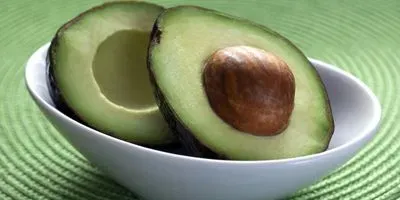
A technique for measuring the ripeness of avocados could reduce waste by up to 10 percent and help fulfill consumer demand for ready-to-eat fruit.
Developed and tested by Cranfield University, the technology uses a laser and small vibration to test the individual fruits' resonant frequency, giving a reliable assessment of ripeness without damaging the avocado.
Up to 30 percent of avocado fruit are currently wasted due to damage caused by testing during grading, with a further five percent loss at retail. The current way to test ripeness is through a pneumatic device which pushes into the fruit, or manual testing.
Cranfield University adapted a technology more often used in automotive factories to test the uniformity of large engineered parts. Laser Doppler vibrometry (LDV) beams a laser at the fruit to measure refracted light and uses small vibrations to test the resonant frequency.
The vibrations are caused by a simple automated impact device which taps the fruit. The LDV test was proven to accurately predict the ready-to-eat stage of avocado fruit.
Related Article: Scientists to Help California, Florida Growers Control Dangerous Avocado Pathogen
"Hard fruits create a higher frequency than soft fruits, so we calculated the perfect frequency for a ripe avocado and accurately measured this with the LDV test," said professor Leon Terry, director of environment and agrifood at Cranfield University. "Leaving the fruit undamaged is of great benefit and vastly reduces waste. The test we have developed could be extended to other fruits."
With the UK importing nearly 100,000 tonnes (about 110,200 US tons) of avocados a year and the fruit increasingly in demand, predicting ripeness is of great benefit to suppliers and retailers. An expensive product, the avocados travel on conveyor belts in single file, which means the LDV can test them individually. From there, an automatic sorting mechanism which largely exists already could be used to separate the ripe from unripe fruits.
"We tested the accuracy of LDV on a real factory line, under lab conditions, and the method has real potential, giving accurate measures of ripeness without damaging fruit," added research fellow Dr. Sandra Landahl. "If developed, a simple 'traffic light' system could sort the fruit into those that are ripe, for discard or for storage, helping industry tackle food waste at this point in the supply chain."
Cranfield University is co-leading the new BBSRC Quality and Food Loss Network, a new initiative to link researchers with industry to find solutions for the huge food waste challenges facing the supply chain.
- This press release was originally published on the Cranfield University website











